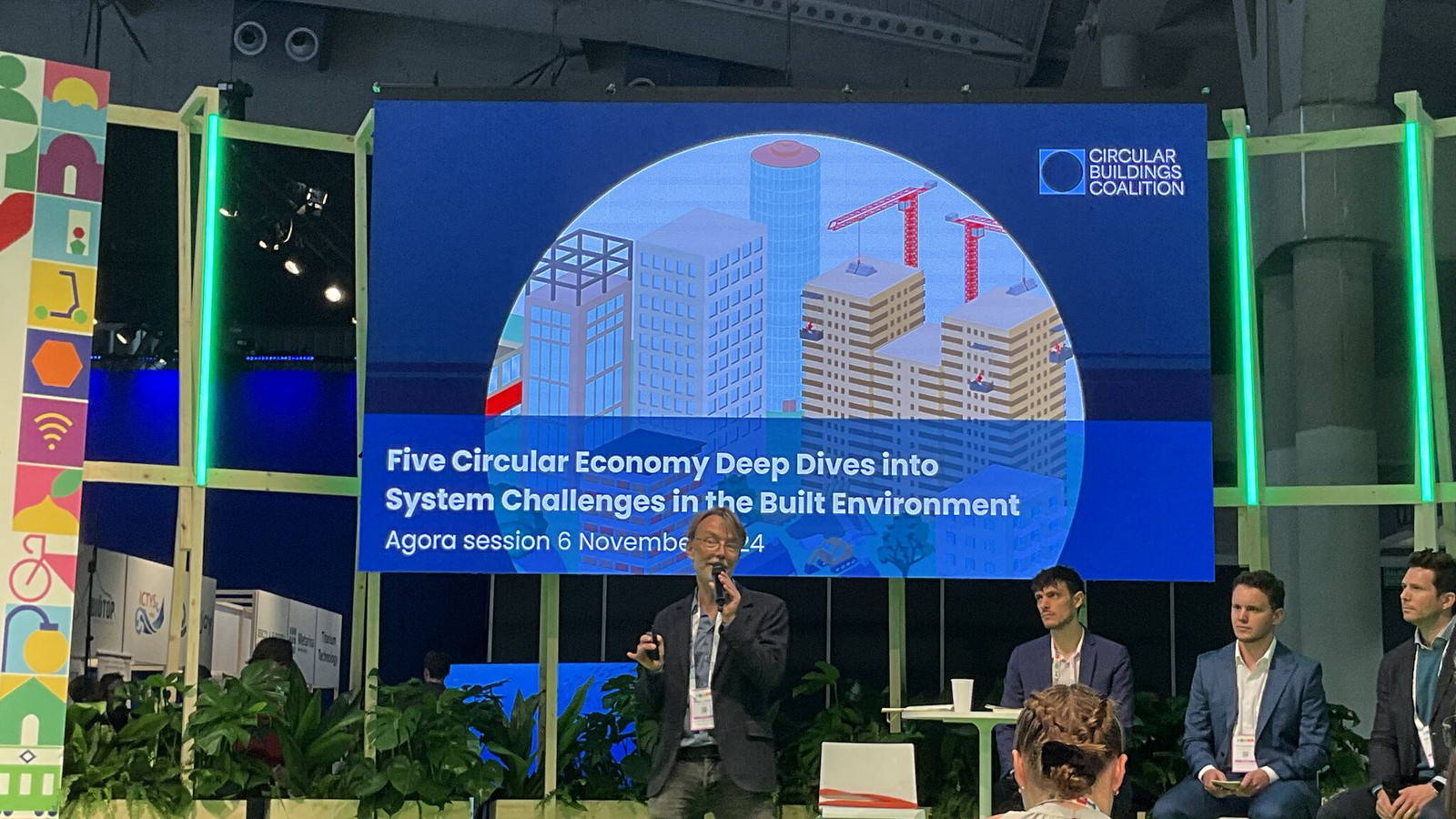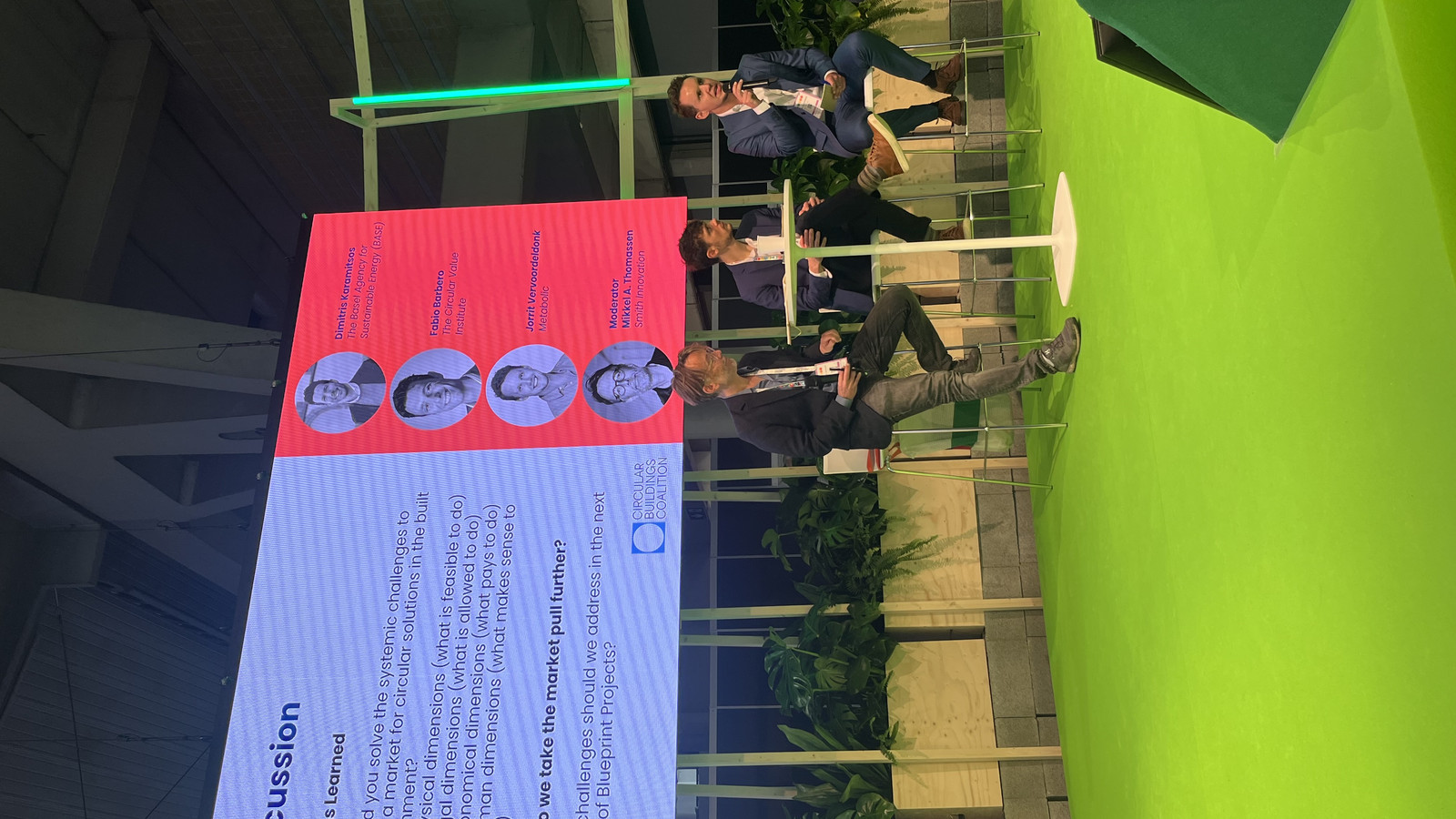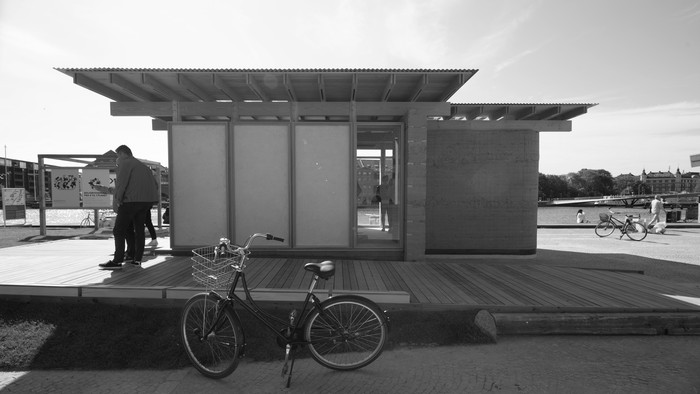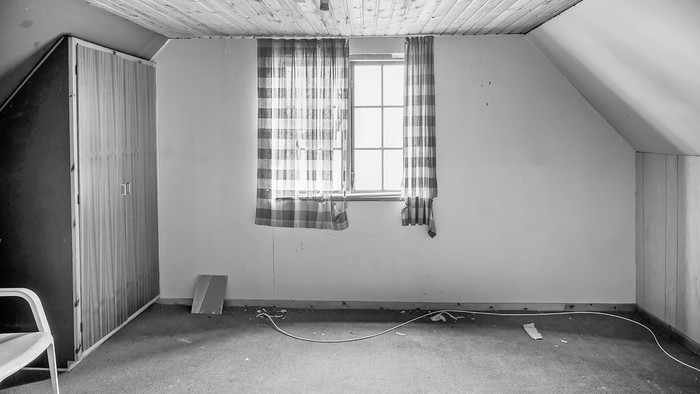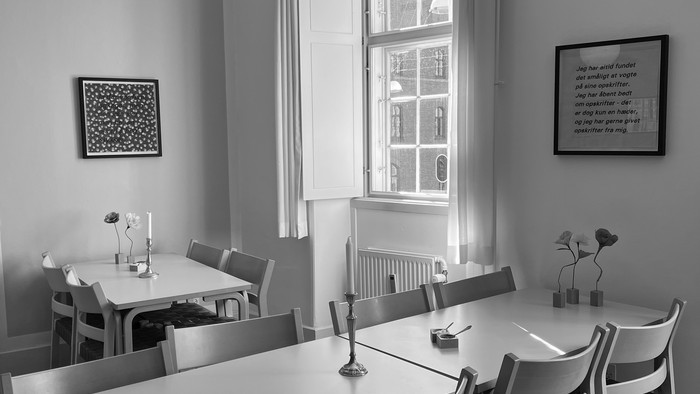Circular Ghostbusters: Busting Myths and Barriers for a Circular Future

Ghostbusting Circular Barriers
In our performance—and throughout CBC's ongoing work—we’ve been calling out and busting the myths and challenges that often cloud circularity. CBC strives to be a trusted source of insight and a change-maker in circular markets, leveraging “Blueprint Projects” to provide the essential knowledge, networks, and funding to bridge gaps in circular innovation. With support from the Laudes Foundation, these Blueprint Projects tackle tough questions with practical, market-ready solutions.
At this event, Fabio Barbero emphasized that circular solutions can indeed carry a tangible economic value, evidenced by his work on the Circular Value Index with the Circular Value Institute. Similarly, Dimitris Karamitsos showcased how long-term contract models that incorporate risk-sharing can fuel circular practices—a core element of his Product-as-a-Service blueprint developed through BASE.
Yet, despite these demonstrated successes, the question remains: Why hasn’t the market for secondary materials and circular solutions scaled up yet?
The Three Barriers: Cost, Risk, and Valuation
Through our discussions on stage, three main reasons emerged as to why the circular market isn’t thriving at scale:
- Narrow Focus on Material Costs
Too often, we focus on material costs alone, overlooking the holistic costs associated with the building lifecycle, including operational and environmental costs. Jorrit Vervoordeldonk from Metabolic highlighted how circular principles can drive efficiency, especially when paired with prefabrication methods. Recognizing all costs, not just initial material costs, can unlock the true value of circular practices.
- Limited Perception of Risk
There’s an industry tendency to see only the short-term risks of adopting new circular practices, ignoring the greater risk of investing in unsustainable “absolute buildings.” Reassessing risk, including the future liabilities of traditional practices, could make circular approaches more attractive to stakeholders and investors alike.
- Outdated KPIs and Valuation Models
Conventional performance indicators and valuation methods only capture a narrow slice of the services and values the built environment offers. By expanding how we evaluate a building's contributions—energy efficiency, resilience, adaptability—we can better quantify the benefits of circular approaches.
Looking Ahead: The Next Round of Blueprint Projects
The conclusion was clear: Rethinking COST, RISK and VALUATION is instrumental to make circularity markets go round.
These insights aren’t just for debate—they’re actionable pointers as we plan the next round of CBC’s Blueprint Projects for 2025.
Stay tuned to the CBC website for updates and our next open call for Blueprint Projects, set to launch in the coming months. Because just as the Ghostbusters theme song reminds us, “Bustin’ makes me feel good”—and busting myths around circularity can feel even better when it leads to lasting, systemic change.
